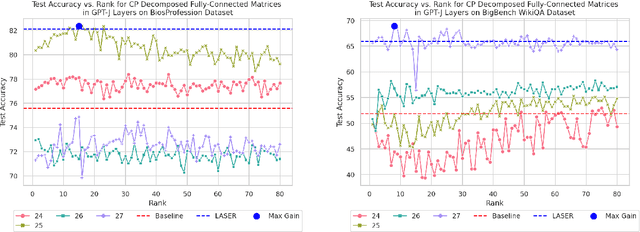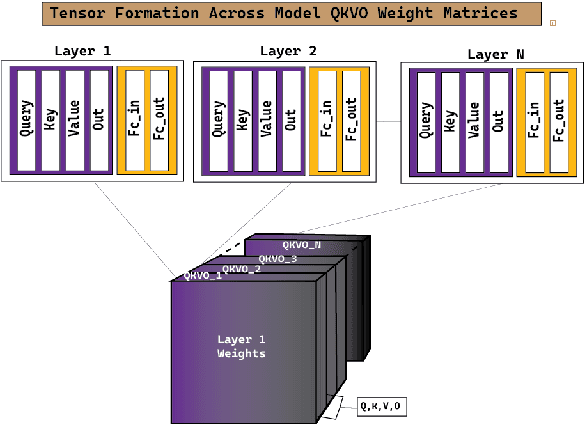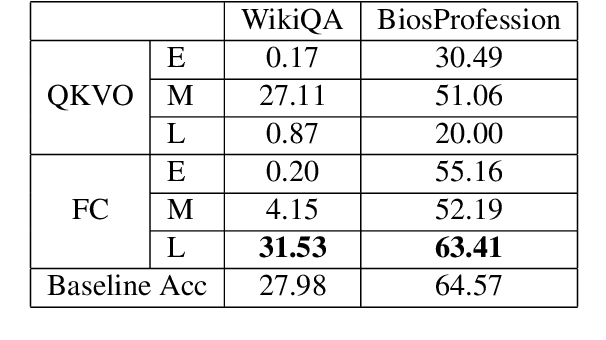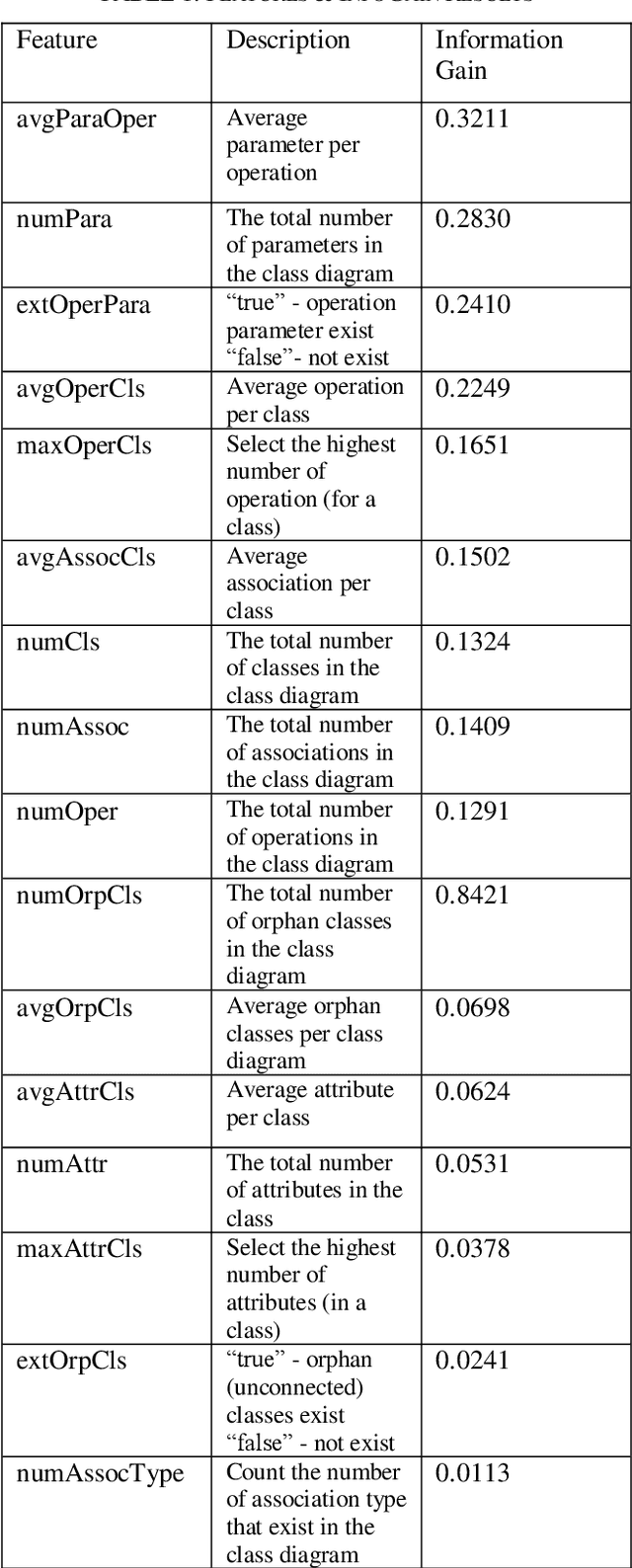Het Patel
AD-SAM: Fine-Tuning the Segment Anything Vision Foundation Model for Autonomous Driving Perception
Oct 30, 2025Abstract:This paper presents the Autonomous Driving Segment Anything Model (AD-SAM), a fine-tuned vision foundation model for semantic segmentation in autonomous driving (AD). AD-SAM extends the Segment Anything Model (SAM) with a dual-encoder and deformable decoder tailored to spatial and geometric complexity of road scenes. The dual-encoder produces multi-scale fused representations by combining global semantic context from SAM's pretrained Vision Transformer (ViT-H) with local spatial detail from a trainable convolutional deep learning backbone (i.e., ResNet-50). A deformable fusion module aligns heterogeneous features across scales and object geometries. The decoder performs progressive multi-stage refinement using deformable attention. Training is guided by a hybrid loss that integrates Focal, Dice, Lovasz-Softmax, and Surface losses, improving semantic class balance, boundary precision, and optimization stability. Experiments on the Cityscapes and Berkeley DeepDrive 100K (BDD100K) benchmarks show that AD-SAM surpasses SAM, Generalized SAM (G-SAM), and a deep learning baseline (DeepLabV3) in segmentation accuracy. It achieves 68.1 mean Intersection over Union (mIoU) on Cityscapes and 59.5 mIoU on BDD100K, outperforming SAM, G-SAM, and DeepLabV3 by margins of up to +22.9 and +19.2 mIoU in structured and diverse road scenes, respectively. AD-SAM demonstrates strong cross-domain generalization with a 0.87 retention score (vs. 0.76 for SAM), and faster, more stable learning dynamics, converging within 30-40 epochs, enjoying double the learning speed of benchmark models. It maintains 0.607 mIoU with only 1000 samples, suggesting data efficiency critical for reducing annotation costs. These results confirm that targeted architectural and optimization enhancements to foundation models enable reliable and scalable AD perception.
Robust Vision-Language Models via Tensor Decomposition: A Defense Against Adversarial Attacks
Sep 19, 2025



Abstract:Vision language models (VLMs) excel in multimodal understanding but are prone to adversarial attacks. Existing defenses often demand costly retraining or significant architecture changes. We introduce a lightweight defense using tensor decomposition suitable for any pre-trained VLM, requiring no retraining. By decomposing and reconstructing vision encoder representations, it filters adversarial noise while preserving meaning. Experiments with CLIP on COCO and Flickr30K show improved robustness. On Flickr30K, it restores 12.3\% performance lost to attacks, raising Recall@1 accuracy from 7.5\% to 19.8\%. On COCO, it recovers 8.1\% performance, improving accuracy from 3.8\% to 11.9\%. Analysis shows Tensor Train decomposition with low rank (8-32) and low residual strength ($\alpha=0.1-0.2$) is optimal. This method is a practical, plug-and-play solution with minimal overhead for existing VLMs.
TRAWL: Tensor Reduced and Approximated Weights for Large Language Models
Jun 25, 2024



Abstract:Large language models (LLMs) have fundamentally transformed artificial intelligence, catalyzing recent advancements while imposing substantial environmental and computational burdens. We introduce TRAWL (Tensor Reduced and Approximated Weights for Large Language Models), a novel methodology for optimizing LLMs through tensor decomposition. TRAWL leverages diverse strategies to exploit matrices within transformer-based architectures, realizing notable performance enhancements without necessitating retraining. The most significant improvements were observed through a layer-by-layer intervention strategy, particularly when applied to fully connected weights of the final layers, yielding up to 16% enhancement in accuracy without the need for additional data or fine-tuning. These results underscore the importance of targeted and adaptive techniques in increasing the efficiency and effectiveness of large language model optimization, thereby promoting the development of more sustainable and accessible AI systems.
Large Language Models Spot Phishing Emails with Surprising Accuracy: A Comparative Analysis of Performance
Apr 23, 2024


Abstract:Phishing, a prevalent cybercrime tactic for decades, remains a significant threat in today's digital world. By leveraging clever social engineering elements and modern technology, cybercrime targets many individuals, businesses, and organizations to exploit trust and security. These cyber-attackers are often disguised in many trustworthy forms to appear as legitimate sources. By cleverly using psychological elements like urgency, fear, social proof, and other manipulative strategies, phishers can lure individuals into revealing sensitive and personalized information. Building on this pervasive issue within modern technology, this paper aims to analyze the effectiveness of 15 Large Language Models (LLMs) in detecting phishing attempts, specifically focusing on a randomized set of "419 Scam" emails. The objective is to determine which LLMs can accurately detect phishing emails by analyzing a text file containing email metadata based on predefined criteria. The experiment concluded that the following models, ChatGPT 3.5, GPT-3.5-Turbo-Instruct, and ChatGPT, were the most effective in detecting phishing emails.
Can SAM recognize crops? Quantifying the zero-shot performance of a semantic segmentation foundation model on generating crop-type maps using satellite imagery for precision agriculture
Dec 04, 2023Abstract:Climate change is increasingly disrupting worldwide agriculture, making global food production less reliable. To tackle the growing challenges in feeding the planet, cutting-edge management strategies, such as precision agriculture, empower farmers and decision-makers with rich and actionable information to increase the efficiency and sustainability of their farming practices. Crop-type maps are key information for decision-support tools but are challenging and costly to generate. We investigate the capabilities of Meta AI's Segment Anything Model (SAM) for crop-map prediction task, acknowledging its recent successes at zero-shot image segmentation. However, SAM being limited to up-to 3 channel inputs and its zero-shot usage being class-agnostic in nature pose unique challenges in using it directly for crop-type mapping. We propose using clustering consensus metrics to assess SAM's zero-shot performance in segmenting satellite imagery and producing crop-type maps. Although direct crop-type mapping is challenging using SAM in zero-shot setting, experiments reveal SAM's potential for swiftly and accurately outlining fields in satellite images, serving as a foundation for subsequent crop classification. This paper attempts to highlight a use-case of state-of-the-art image segmentation models like SAM for crop-type mapping and related specific needs of the agriculture industry, offering a potential avenue for automatic, efficient, and cost-effective data products for precision agriculture practices.
Classification of Reverse-Engineered Class Diagram and Forward-Engineered Class Diagram using Machine Learning
Nov 14, 2020

Abstract:UML Class diagram is very important to visualize the whole software we are working on and helps understand the whole system in the easiest way possible by showing the system classes, its attributes, methods, and relations with other objects. In the real world, there are two types of Class diagram engineers work with namely 1) Forward Engineered Class Diagram (FwCD) which are hand-made as part of the forward-looking development process, and 2). Reverse Engineered Class Diagram (RECD) which are those diagrams that are reverse engineered from the source code. In the software industry while working with new open software projects it is important to know which type of class diagram it is. Which UML diagram was used in a particular project is an important factor to be known? To solve this problem, we propose to build a classifier that can classify a UML diagram into FwCD or RECD. We propose to solve this problem by using a supervised Machine Learning technique. The approach in this involves analyzing the features that are useful in classifying class diagrams. Different Machine Learning models are used in this process and the Random Forest algorithm has proved to be the best out of all. Performance testing was done on 999 Class diagrams.
 Add to Chrome
Add to Chrome Add to Firefox
Add to Firefox Add to Edge
Add to Edge